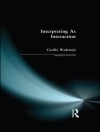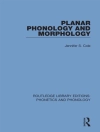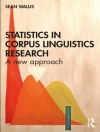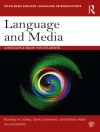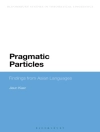How are words organized in the bilingual mind? How are they linked to concepts? How do bi- and multilinguals process words in their multiple languages? The first aim of this volume is to offer up-to-date answers to these questions. Its second aim is to provide readers with detailed step-by-step introductions to a variety of methodological approaches used to investigate the bilingual lexicon, from traditional neurocognitive and psycholinguistic approaches to the more recent ones that examine language use in context.
สารบัญ
Preface: Time for New Metaphors? – Aneta Pavlenko
Chapter 1 Neurolinguistic Contributions to Understanding the Bilingual Mental Lexicon – Renata Meuter
Chapter 2 The Bilingual Lexicon and Bilingual Autobiographical Memory: The Neurocognitive Basic-systems View – Robert W. Schrauf
Chapter 3 Audio-visual Integration during Bilingual Language Processing – Viorica Marian
Chapter 4 An Overview of Semantic Processing in Bilinguals: Methods and Findings – Jeanette Altarriba
Chapter 5 Lexical Transfer – Scott Jarvis
Chapter 6 Conceptual Representation in the Bilingual Lexicon and Second Language Vocabulary Learning – Aneta Pavlenko
Chapter 7 Why Gestures are Relevant to the Bilingual Lexicon – Marianne Gullberg
Chapter 8 The Tip-of-the-Tongue Phenomenon as a Window on (Bilingual) Lexical Retrieval – Peter Ecke
Chapter 9 L1 Attrition and the Mental Lexicon – Monika S. Schmid and Barbara Köpke
เกี่ยวกับผู้แต่ง
Aneta Pavlenko is Research Professor of Applied Linguistics at the University of Oslo. Her research examines the relationship between multilingualism, cognition, and emotions. She has testified in court as an expert in forensic linguistics, lectured widely in North America, Europe and Asia, and authored more than a hundred articles and ten books, the most recent of which is The bilingual mind and what it tells us about language and thought (Cambridge University Press, 2014). She is former President of the American Association for Applied Linguistics and winner of the 2006 BAAL Book of the Year award and the 2009 TESOL Award for Distinguished Research.


